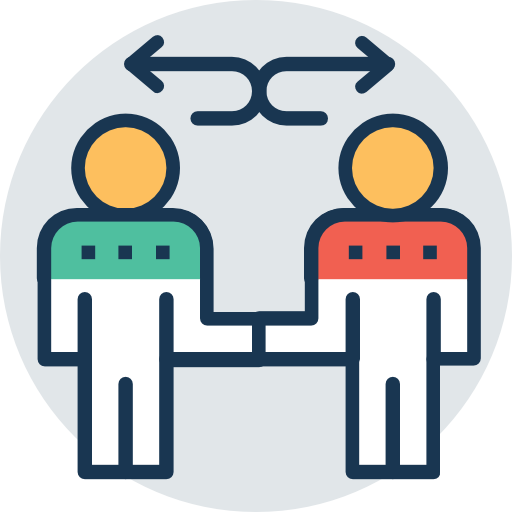Authors: Michelle Lewis & Ruth Littlefield
The Why
Our early childhood community, including state and local personnel, families, and the larger community, has an interest in supporting our young children with disabilities. We all want our children to learn and thrive. Examining data from multiple perspectives leads to richer discussions, promotes creative thinking and inspires unique solutions with shared ownership of the outcomes. This shared reflection leads to effective and sustainable improvement activities that benefit young children, their families, and the systems that serve them.
When engaging stakeholders, it is critical that there be a shared vision to drive any action. This vision should be easy to understand and easy to connect with so stakeholders see what’s in it for them. Diverse stakeholders have unique perspectives and expertise, all of which can contribute to the shared vision. Stakeholders must each see the “why” of their own participation. Shared vision and purpose unite all stakeholders. Everyone at the table needs to know why they are there and be working towards a common goal. When thinking about outcomes for children and families, each player brings a unique perspective that helps inform how we, as a collective, want children to progress and grow. This becomes the shared vision.
The How
Stakeholder engagement is an intentional process. It is more than a meeting or a series of meetings. It is the beginning of relationships that focus on improvement based on common understanding of what is happening and on mutual goals. Continuous engagement of stakeholders requires time, trust building, and likely a different way of doing business.
The Leading by Convening (LbC) Framework provides the “How” to engage stakeholders in improving results for infants, toddlers, children and youth with disabilities. States continuously engage diverse stakeholders to co-lead, share ownership and build consensus. Diverse stakeholders are people at the state and local level who have an interest in, and serve, young children with disabilities. This includes families who are impacted by the data and representative of the families and children that your program serves. This could be a new team or states can use an existing team.
Another valuable resource is the DaSy Data Culture Toolkit. The toolkit has information, guidance and templates to build effect teams and strengthen a culture of data use with stakeholders. One state recently used this toolkit to build a data team for child outcomes data use. They engaged stakeholders at the state and local level, including families, and created a strong action plan using the deep understanding gained by the variety of perspectives.
The What
When creating a plan to engage stakeholders meaningfully and continuously it is important to align stakeholder demographics to reflect the demographics of families and communities. Continuous, meaningful, diverse, and representative stakeholder engagement leads to effective, efficient systems that yield strong outcomes for children and families.
Authentic stakeholder engagement promotes stronger, more effective systems based on shared thinking. Stakeholder engagement is on-going. It is not just a box to check. It requires planning, strategies and continuous improvement.
Parent centers, The Center for IDEA Early Childhood Data Systems (DaSy), and the Early Childhood Technical Assistance Center (ECTA) can support and help you work deeply when you are ready to commit.
For more information on stakeholder engagement, visit Building Effective Virtual Teams for Stakeholder Engagement
If you have questions, your DaSy liaison can assist you, or contact DaSy anytime.
About the Authors
Michelle Lewis is a DaSy consultant and Executive Director of the Parent Information Center in New Hampshire.
Ruth Littlefield is a DaSy consultant from the National Association of State Directors of Special Education


